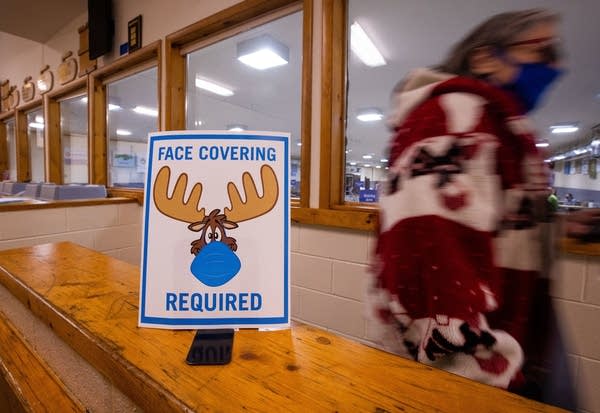Post-Thanksgiving COVID-19 bump in Minnesota, but RSV and flu hospitalizations down

Minnesota is experiencing a post-Thanksgiving COVID bump. Five counties are rated high risk.
Derek Montgomery for MPR News
Go Deeper.
Create an account or log in to save stories.
Like this?
Thanks for liking this story! We have added it to a list of your favorite stories.


